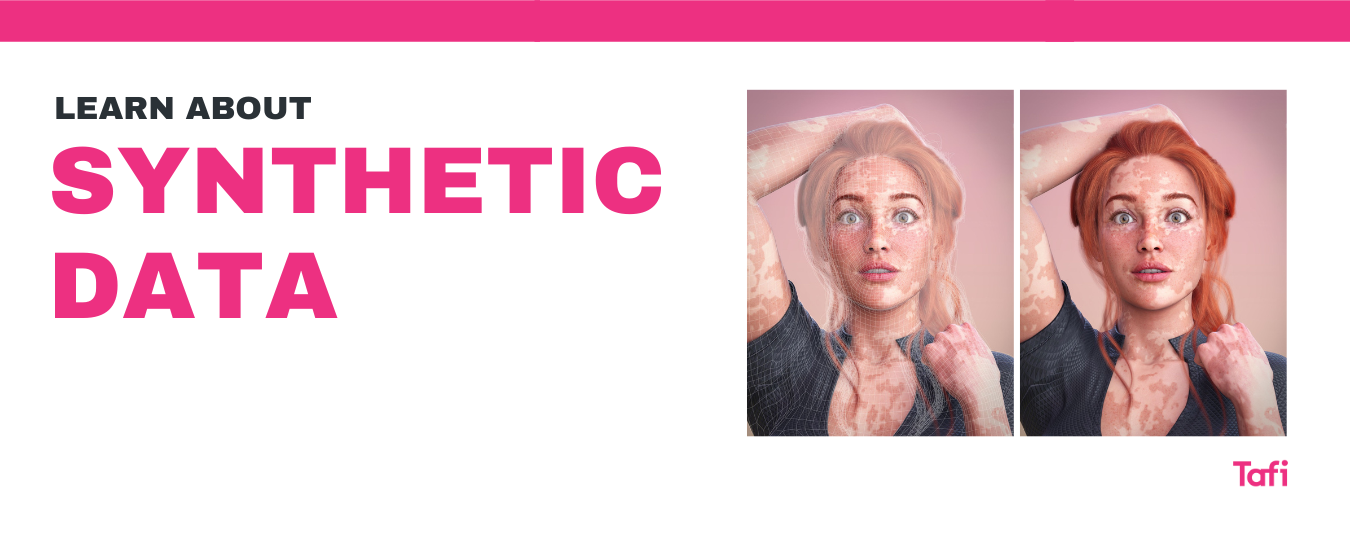In the realm of artificial intelligence (AI) and machine learning, data has always been the lifeblood of innovation. The quality and quantity of data available directly impact the performance and capabilities of AI models. However, in an age where privacy concerns, data scarcity, and data quality issues are becoming increasingly prevalent, the traditional approach of solely relying on real-world data is being challenged.
Enter synthetic data – a disruptive force in AI development. Synthetic data, generated by algorithms rather than collected from real-world sources, has emerged as a powerful solution to some of the most pressing challenges in AI development. In this thought leadership piece, we explore the significance and potential of synthetic data in shaping the future of AI.
The Rising Demand for High-Quality Data
The success of AI algorithms depends heavily on the data used for training and validation. In a world where data is often sensitive and limited in availability, organizations face significant roadblocks in their AI projects. Privacy concerns and regulatory restrictions have made it increasingly challenging to access real-world data for training AI models. Furthermore, the quality of real-world data is not always guaranteed, with noise, bias, and missing information being common issues.
Synthetic data provides a way out of this data conundrum. By generating data synthetically, AI developers can create vast, diverse, and high-quality datasets that overcome many of the limitations of real-world data.
The Power of Generative Models
Synthetic data is not a new concept. For years, it has been used in various industries, including gaming, computer graphics, and physics simulations. What has truly revolutionized its application in AI is the advancement of generative models, most notably, Generative Adversarial Networks (GANs) and Variational Autoencoders (VAEs).
These generative models have the ability to create data that is indistinguishable from real data, both visually and statistically. GANs, for instance, consist of a generator and a discriminator network that compete against each other, leading to the creation of highly realistic synthetic data. VAEs, on the other hand, learn the underlying data distribution and generate data points from it.
Advantages of Synthetic Data
Privacy Preservation: One of the foremost advantages of synthetic data is that it can be generated without compromising privacy. This is particularly critical in fields like healthcare and finance, where sensitive data is involved. Synthetic medical records or financial transactions can be used for training AI models without revealing confidential patient or customer information.
Data Augmentation: Synthetic data can be used to augment existing real-world datasets, enhancing their diversity and making AI models more robust. By generating synthetic data from known distributions, AI developers can create variations of the data that can help models generalize better.
Unlimited Data Availability: Unlike real-world data, synthetic data is not constrained by availability. AI developers can generate as much data as they need, tailored to their specific requirements, ensuring they are never limited by data scarcity.
Bias Mitigation: Synthetic data can be used to reduce bias in AI models. By creating balanced datasets, developers can mitigate the biases that often arise in real-world data, thus making AI more fair and equitable.

Challenges and Ethical Considerations
While synthetic data offers significant advantages, it is not without challenges and ethical considerations. Generating truly representative synthetic data can be a complex task, and the quality of synthetic data relies heavily on the design and expertise of the generative models. Moreover, the potential misuse of synthetic data, especially in generating deepfakes or disinformation, raises important ethical concerns that must be addressed.
Where does Tafi fit in?
As Tafi, we're pioneering a revolution in AI development, transforming the landscape through our Genesis character platform. This cutting-edge technology empowers the creation of diverse and lifelike 3D models, offering an unparalleled range of customizable traits. Our commitment to providing detailed 3D data and photorealistic rendering capabilities equips AI developers with essential tools, enabling systems to navigate challenges such as obscured or partially visible objects with ease.
At Tafi, we take pride in offering more than just image and model generation. Our innovations extend to animation, 3D physics, and ethical compliance. The consistent, high-quality 3D modeling data we provide ensures the creation of more realistic models. By rigourously training our AI models with Daz Original art, not only are we setting a new ethical standard in regards to data sourcing, but we are also helping expand the creative journey of professionals and hobbyists alike.
As AI continues to influence and transform various industries, the integration of synthetic data into AI workflows will be instrumental in unlocking its full potential. The road ahead may be filled with challenges, but with the right guidance and oversight, the AI community can harness the revolutionary capabilities of synthetic data for the betterment of society and technology. The future of AI is, indeed, synthetic.



